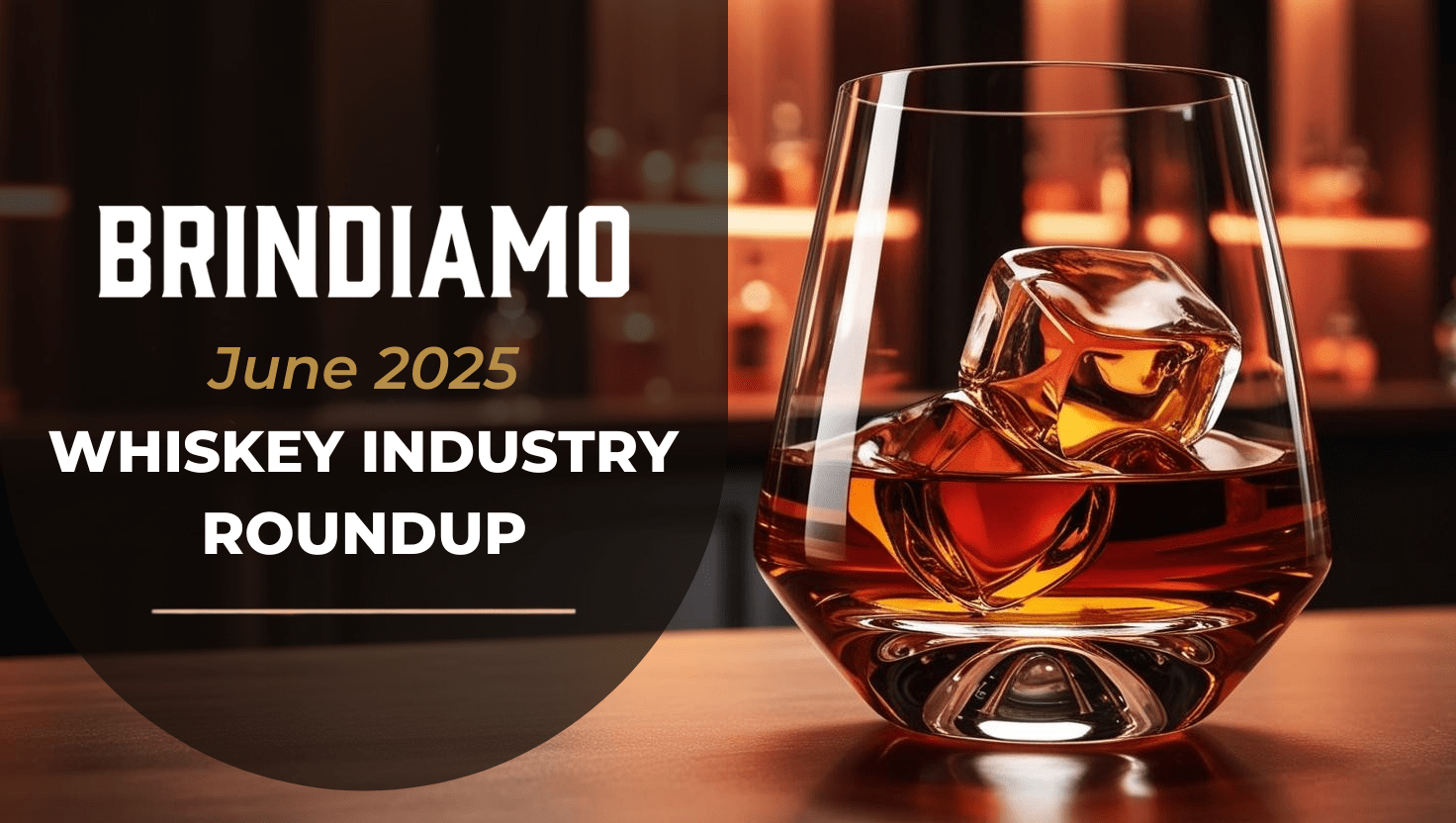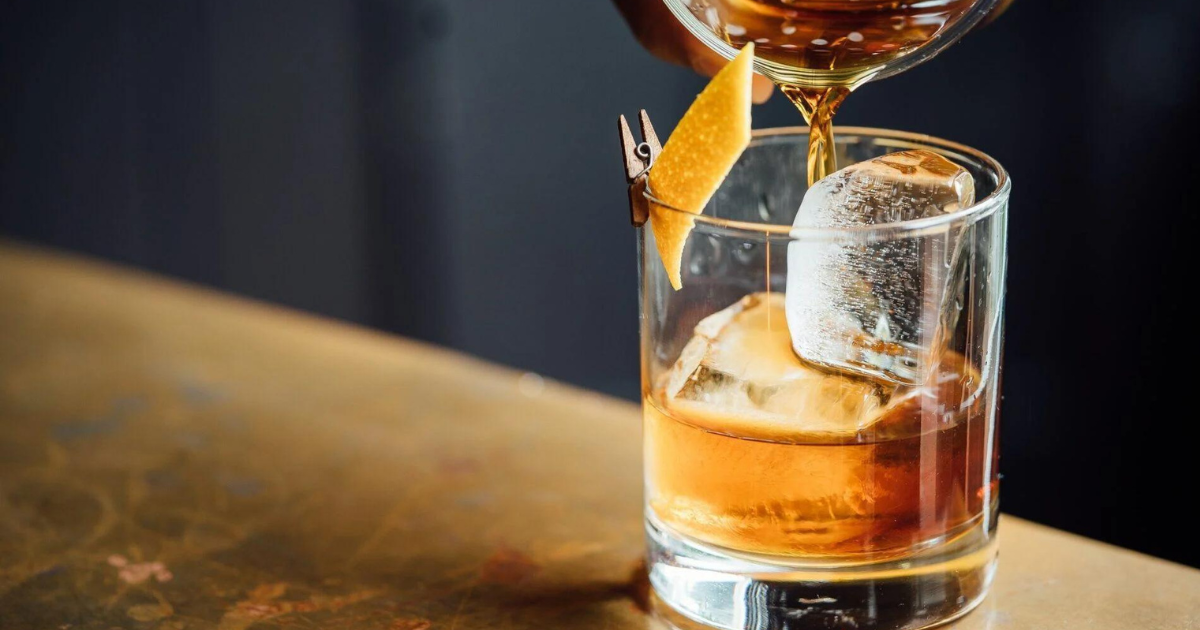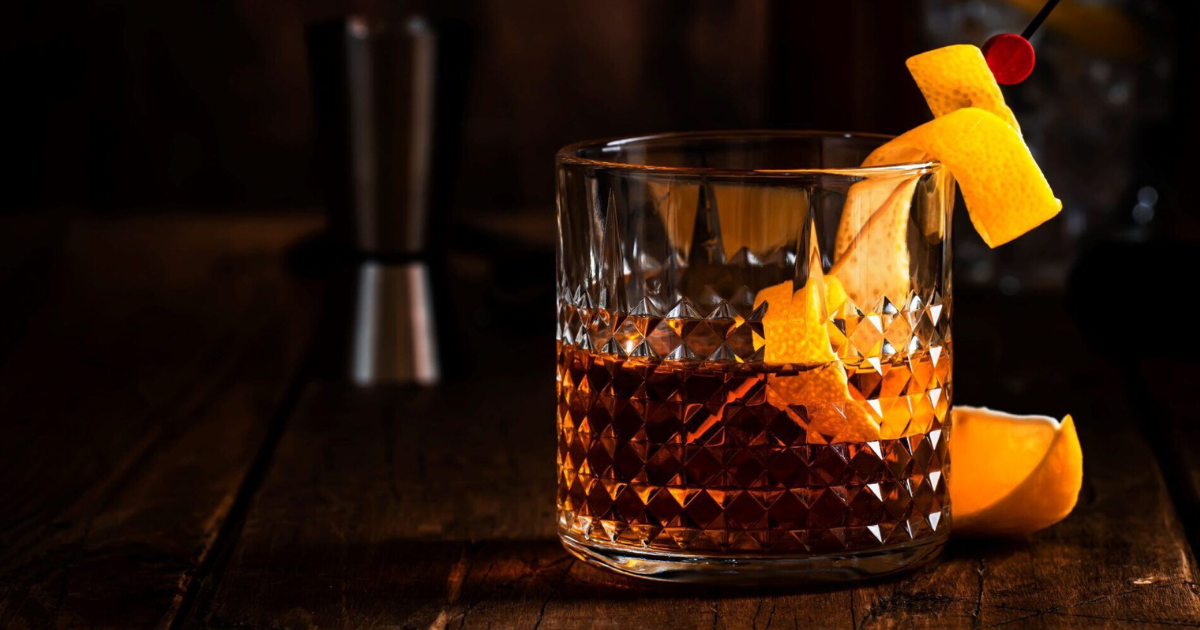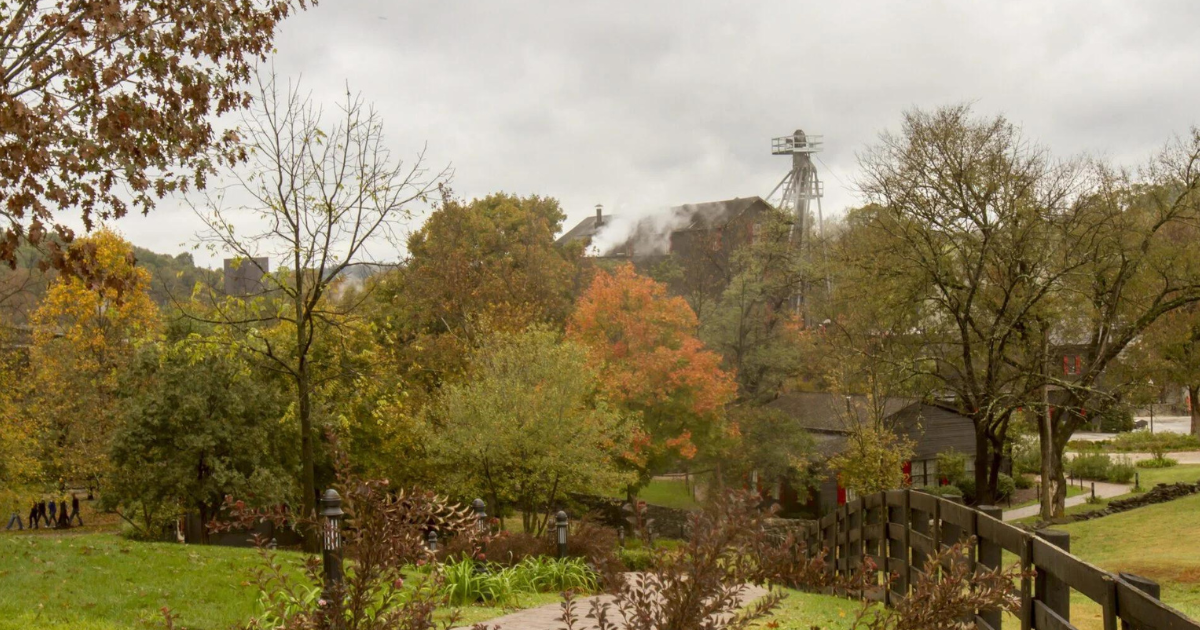Whiskey & Bourbon Industry Roundup – June 2025
Each month, we dive into the latest insights shaping the whiskey and bourbon industry—sourced directly from Mark Brown’s highly regarded Industry...
Bourbon is currently experiencing a resurgence, reminiscent of its heyday in the 1970s. During that time, the market was thriving, selling millions of cases each year. However, the introduction of vodka caused a decline in whiskey and bourbon sales over the following decade.
In 2019, the bourbon industry is experiencing a resurgence, with Kentucky, known as bourbon country, seeing a rise in both tourism and production due to its growing popularity.
Let's put this "renaissance" into perspective by examining bourbon sales in the 20th century. Since 2017, bourbon sales have surpassed 20 million cases. But is that a significant figure?
In 1970, bourbon sales reached approximately 36 million cases, with a population of around 205 million people at the time compared to 325 million today. It's important to note that back then, the majority of bourbon sales were domestic, as exporting sales were minimal. The current thriving market can be attributed to changing demographics. Despite whiskey and bourbon facing competition from vodka in the 70s, leading to a decrease in sales to around 13.3 million cases, it's evident that Bourbon country is experiencing a resurgence.
It's important to note that the upswing in bourbon sales had a steady progression rather than a sudden surge. Sales began to climb higher in 2010, eventually reaching around 15 million by 2017. During this time, there was a consistent growth rate of 30%, with the sales of "high-end" bottles averaging about $25 experiencing a significant 141% increase from 1.85 million to 4.45 million in just one year.
Managing consumer demand can be a challenging task, leading some distilleries to swiftly open warehouses. For instance, the Wild Turkey distillery in Lawrenceburg, Kentucky, constructed a warehouse back in 1993.
"At the time, it was the first one built in Kentucky in over 25 years. Currently, a new warehouse is added every year, with approximately 30 being constructed in Kentucky over the last seven or eight years," shared Eddie Russell, the master distiller at Wild Turkey.
The warehouses are quickly filling up, with Kentucky housing 6.7 million barrels as of 2017, a stark contrast to the 1.99 million barrels in 1967.
Managing the rapid growth at this level necessitates distillers to stay ahead of market demands.
In 2011, the company invested $50 million to double their output by constructing a 134,000 square-foot distillery. This new facility will enable them to produce an additional 6 million proof gallons per year.
Maker’s Mark distillery, part of the Beam Suntory family, embarked on a $67 million project in 2014 to enhance its operations. This investment led to the addition of new warehouses and a third still, resulting in a 50% boost in production capacity. Other distilleries under the Beam Suntory umbrella, such as Jim Beam, are also focusing on expansion, with plans for new warehouses to increase production by 20%.
Jack Daniel’s is undergoing a major transformation due to the bourbon boom. A whopping $140 million has been invested in enhancing the visitors center, adding new barrelhouses, and expanding bottling operations.
Buffalo Trace is currently in the process of expanding its production capabilities. Surpassing its last peak production in 1973, the distillery has now embarked on building new warehouses on 200 acres of farmland. This marks one of the distillery's significant expansion projects since its establishment in the early 1950s.
Craft distillers play a crucial role in the bourbon boom. While bigger names are making significant contributions to the sector, it's essential to highlight the impact of smaller craft brands for a comprehensive analysis.
"Ten years ago, Kentucky only had about six distilleries in the entire state. Today, we are thrilled to see 52 distilleries from 39 different companies, with many more on the way," shared Eric Gregory, president of the Kentucky Distillers Association.
Many of these emerging players come from craft distillers striving to carve out their niche in the industry. Retailers are enthusiastic about this trend, with many expanding their product offerings to include a wide range of options.
Brett Pontoni, a spirits buyer for Binny’s Beverage Depot in Chicago, shared that the current space allocation is evenly split between craft and mainstream brands. While traditional brands still dominate sales at 80%, there has been a significant shift from the previous year, where traditional brands accounted for 90% of sales and craft only 10%. This increase in craft sales has been quite remarkable.
There are quite a few craft names who are joining the scene that you should look out for:
Getting in the Bourbon Game
For more information about sourcing whiskey, contact Brindiamo Group. Our team of experts understands the risks and rewards of producing beautiful whiskey. With the product in such high demand, we can help you find a solution to your needs.
Article source:

Each month, we dive into the latest insights shaping the whiskey and bourbon industry—sourced directly from Mark Brown’s highly regarded Industry...

Chemistry, Curiosity, and the Quiet Revolution in Flavor

We recently had the pleasure of visiting Rabbit Hole Distillery in Louisville, Kentucky, to film a Flight Spotlight with Kristie Duve, Global...

Did you know that the oldest whiskey is over 150 years old? While you likely won’t be able to find a bourbon that old on your own, finding the right...

Bourbon has seen a surge in popularity over the past decade, making it more accessible than ever before. But what exactly is bourbon? How can you...

The origins of Bourbon Whiskey may be a topic of debate, but one thing is clear - to be classified as Bourbon, the bulk spirit must be distilled in a...

Join the conversation
Leave a comment below.